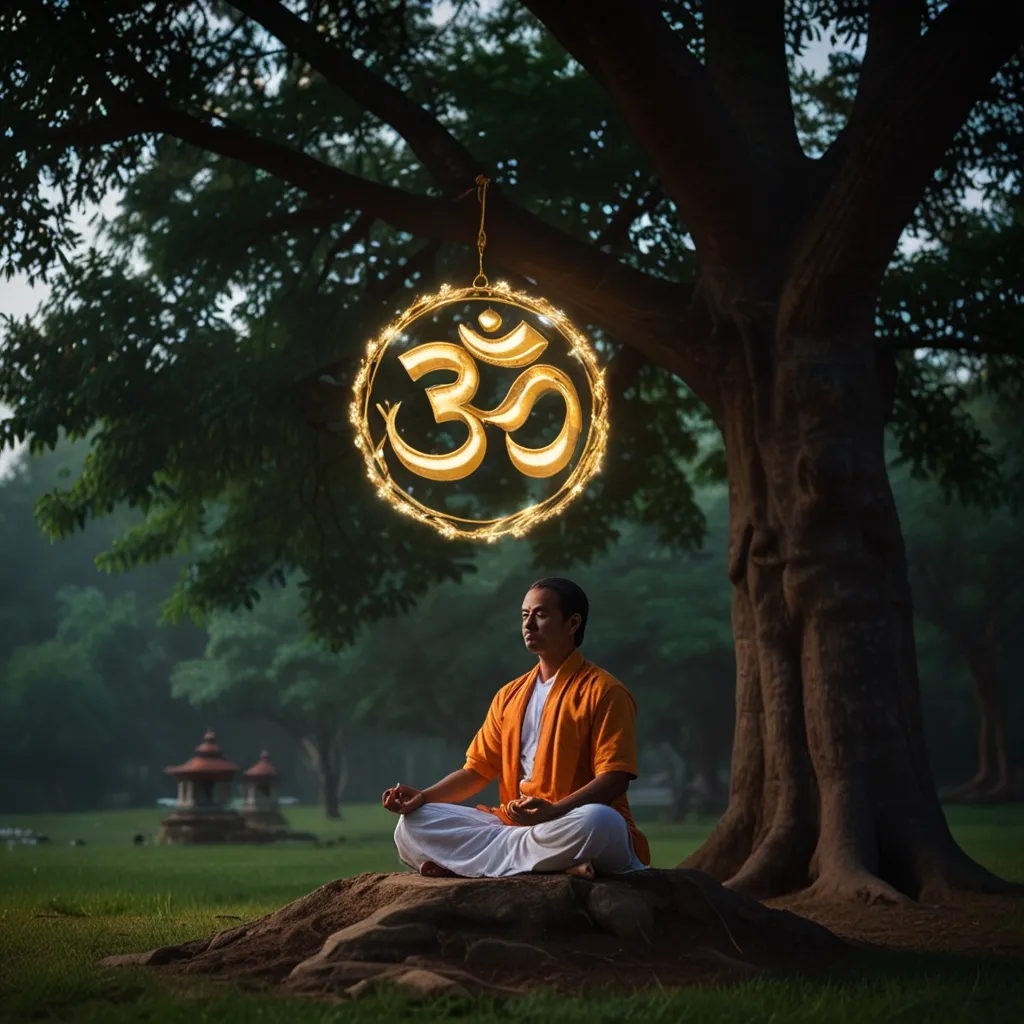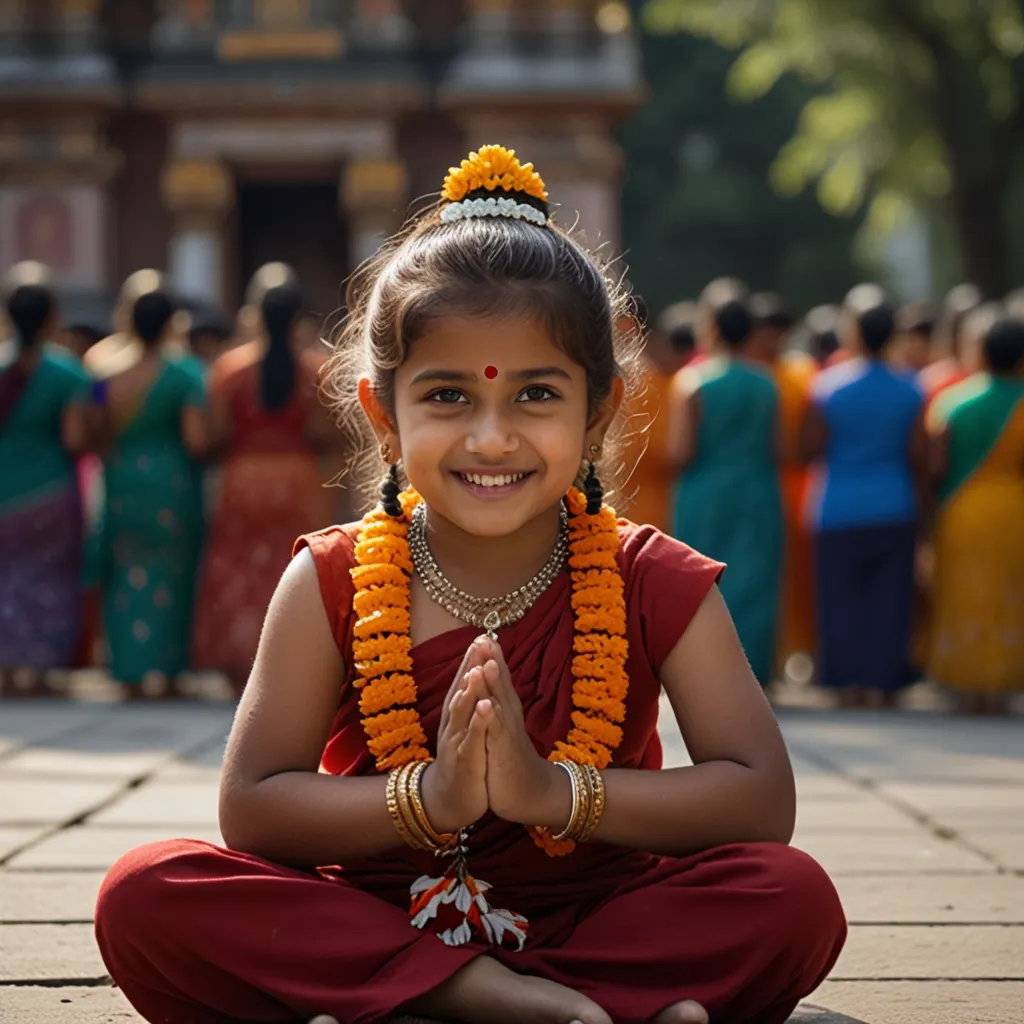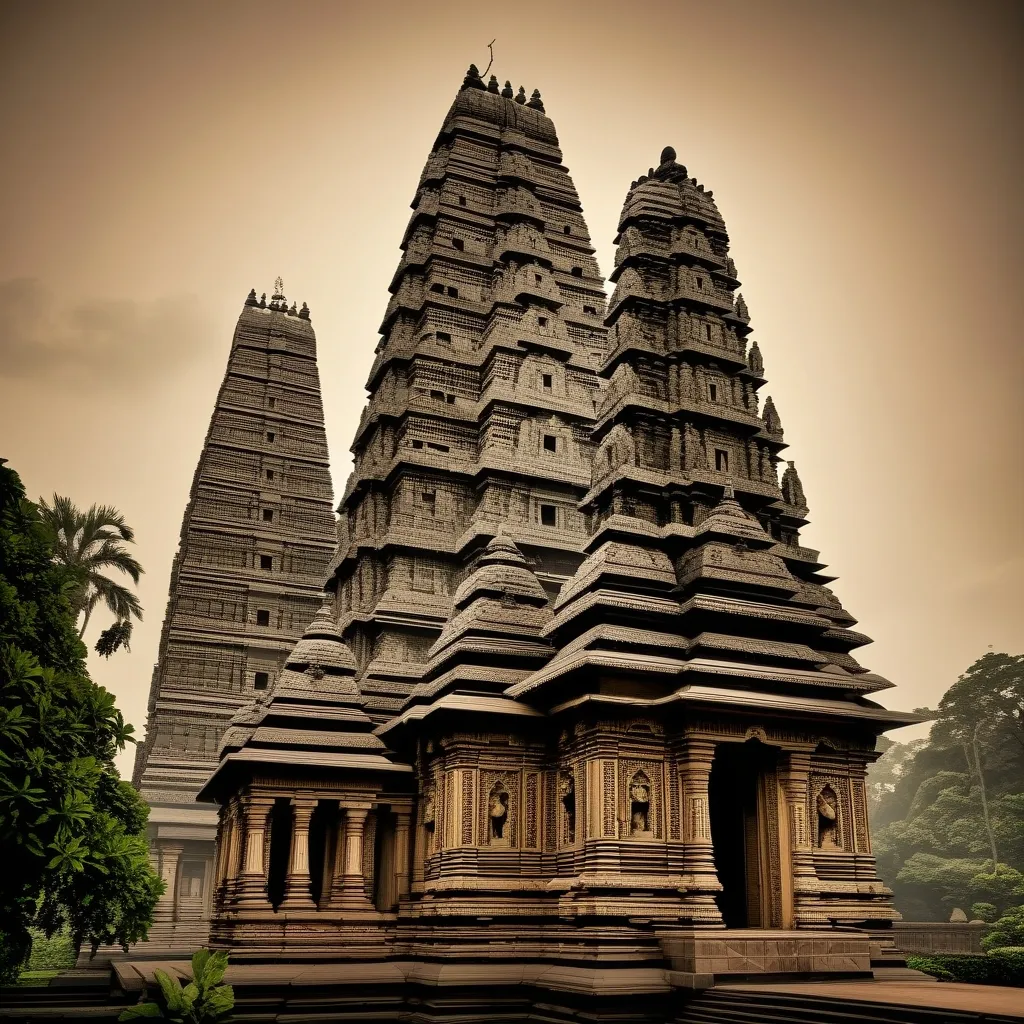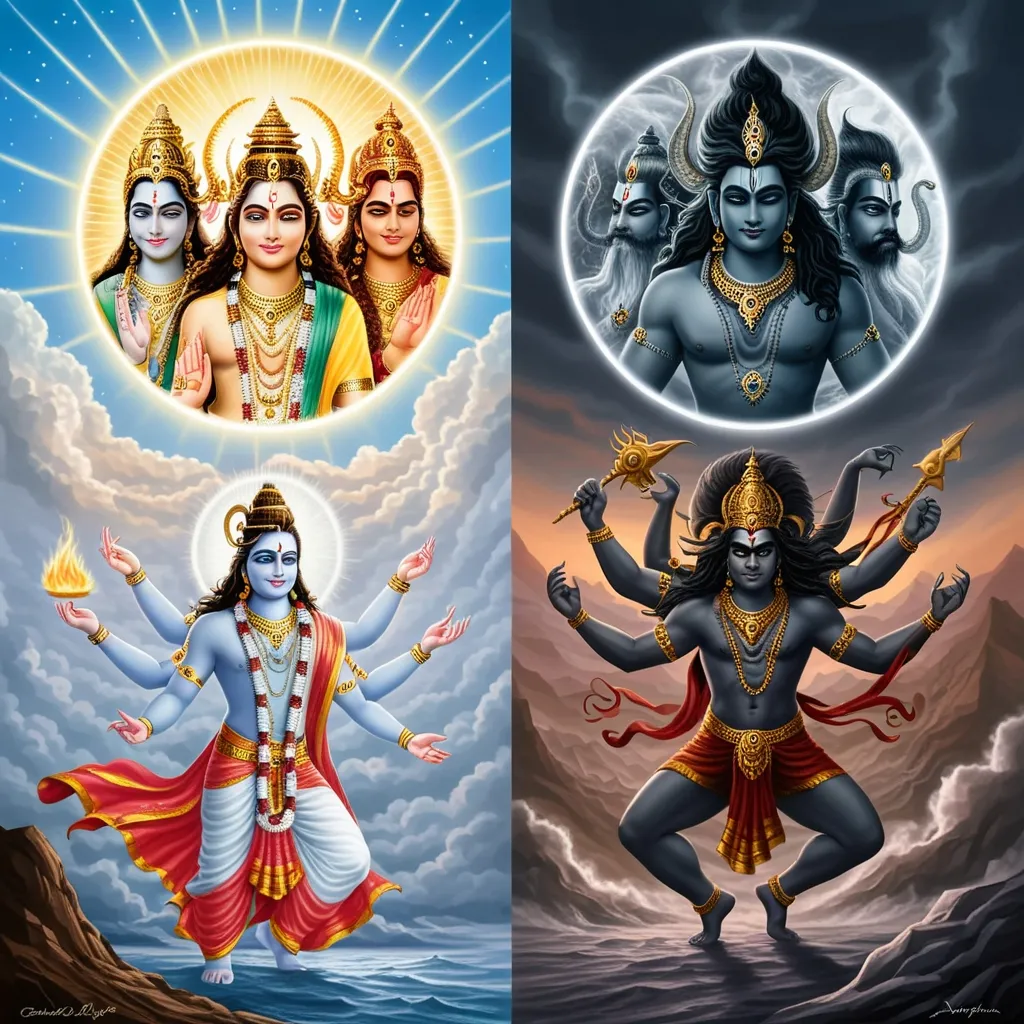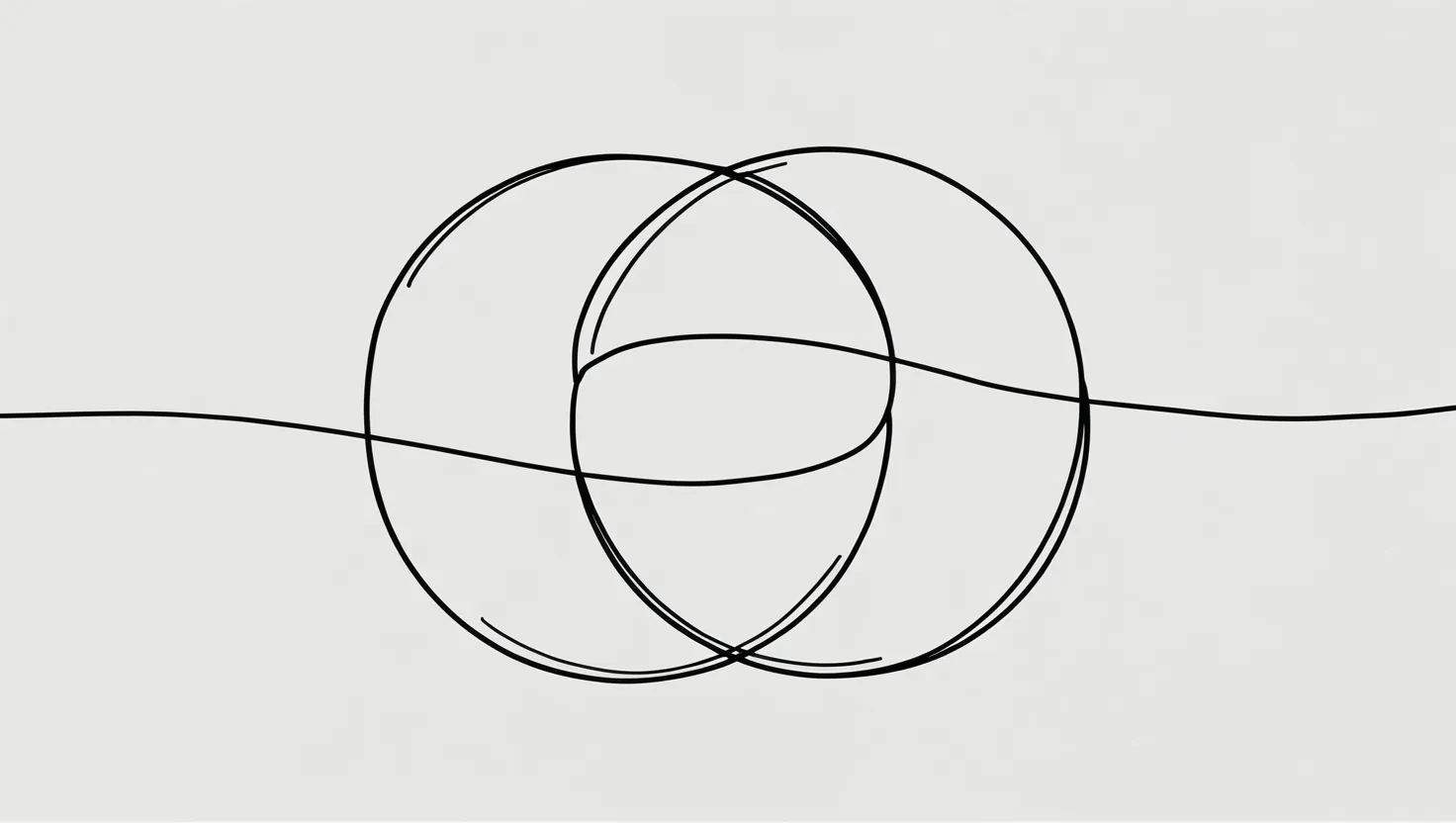Mantras have played a crucial part in Hindu spirituality for ages, not just as sounds but as keys to spiritual growth, healing, and tapping into divine energy. The term “mantra” in Sanskrit translates to “that which protects,” emphasizing their sanctifying role in rituals and meditation.
In Hinduism, mantras connect human consciousness to a higher power. These sacred sounds have roots in the Vedic tradition and remain integral to Hindu worship today. The Vedas, ancient Hindu scriptures, are chock-full of these powerful chants, passed down orally by Brahmin priests for generations.
The origins of mantras are pretty fascinating. The sound OM is considered the primordial sound of creation and the root of all mantras. There’s a captivating story behind this: the god Shiva, through the sound of his drum, the damaru, created the first mantras. These seventy million sounds covered the entire spectrum of mantras.
Each mantra isn’t just a random set of syllables; they’re thoughtfully created to invoke certain emotions and spiritual experiences. Take the Gayatri Mantra, for instance. This famous chant is believed to bring enlightenment and foster spiritual growth. Nailing the pronunciation and rhythm is essential to access the mantras’ sacred vibrations.
Mantras aren’t only spiritual; they’ve got scientific backing too. Studies show that chanting mantras positively affects both mental and physical health. The vibrations can foster relaxation, reduce stress, and boost overall well-being, which is why many people integrate them into their daily meditation routines.
These sacred chants are also big in yoga and meditation practices. In the Vedic age, yogis would assume specific postures while chanting mantras dedicated to gods. This practice aimed to bring balance, harmony, and protection to the practitioner’s mind and body. This combo of yoga and mantras is super popular today, helping many achieve inner peace and heightened consciousness.
Mantras aren’t exclusive to Hinduism either. They appear in Eastern traditions like Tibetan and Pure Land Buddhism, Sikhism, and Jainism. In transcendental meditation, mantras help people reach deeper consciousness levels.
Traditionally, mantras are passed down through generations by the guru-sishya parampara, a lineage of teachers and students. This ensures the mantras’ pronunciation and application remain intact, preserving their integrity. Similarly, the African tribal tradition of mothers passing on songs to their children mirrors this beautiful practice.
Incorporating mantras into daily life is easy. Starting the day with “Om Shanti Shanti Shanti” can promote peace and calmness, while chanting “Om Namah Shivaya” before tackling a tough task can boost strength and focus. These simple practices can greatly enhance mental and emotional well-being.
Mantras remain a powerful part of Hindu spirituality, guiding people toward growth, healing, and self-realization. Whether used in rituals, meditation, or everyday life, these sacred sounds continue to connect us to divine energy and nurture our overall health and peace.
